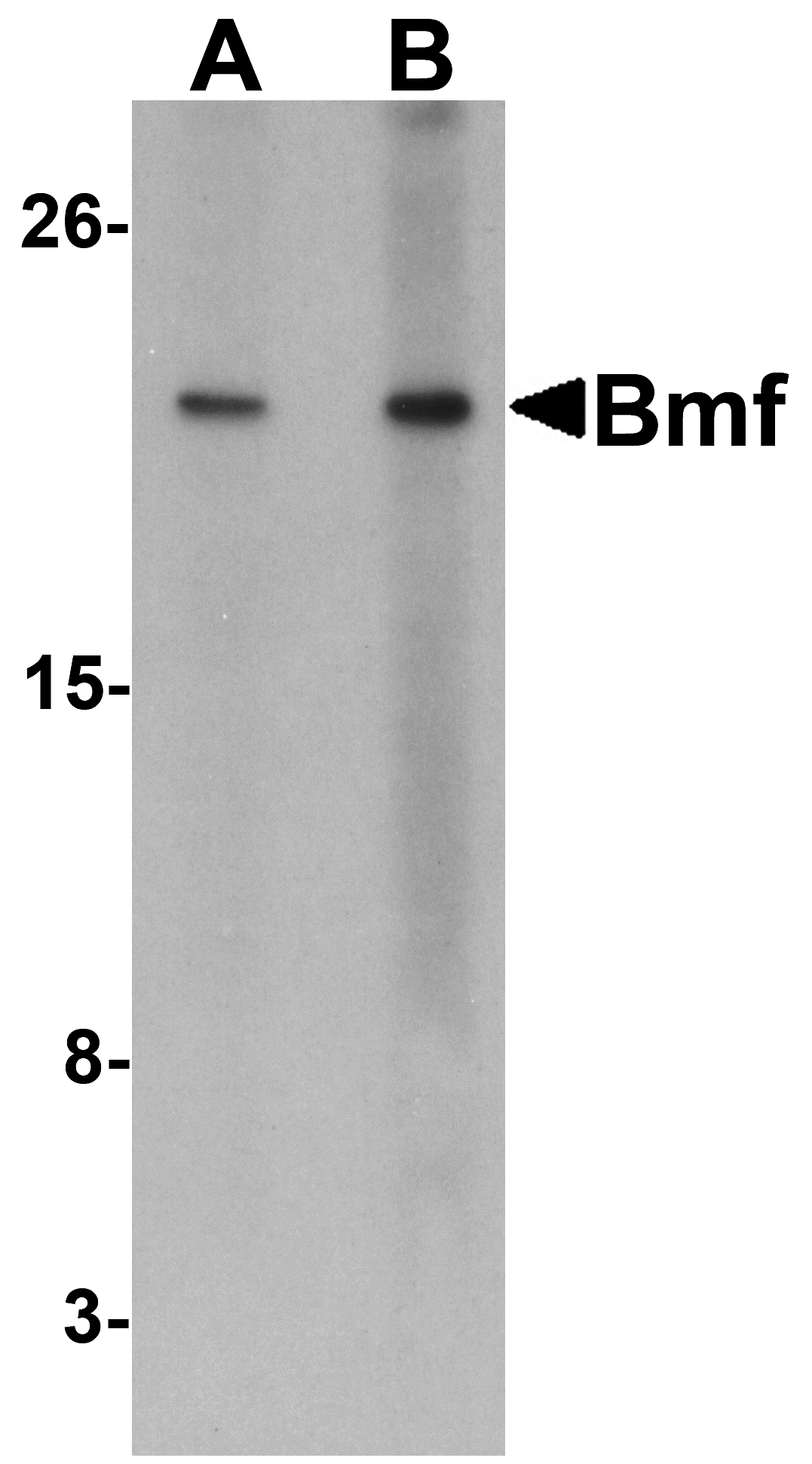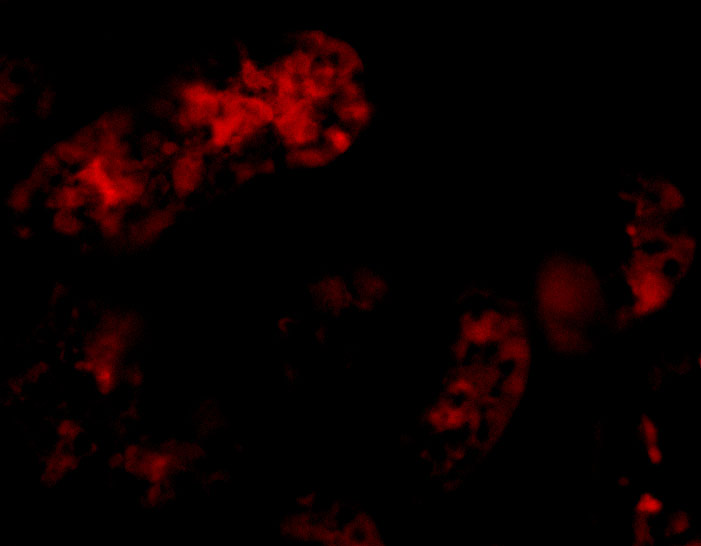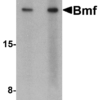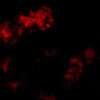Anti-Bmf (CT) Antibody (11001)
$445.00
SKU: 11001
Categories: Antibody Products, Apoptosis Antibodies, Products
Overview
Product Name Anti-Bmf (CT) Antibody (11001)
Description Anti-Bmf (CT) Rabbit Polyclonal Antibody
Target Bmf (CT)
Species Reactivity Human
Applications ELISA,WB,IHC-P,IF
Host Rabbit
Clonality Polyclonal
Isotype IgG
Immunogen Peptide corresponding to aa 171- 184 of human Bmf (accession no. NP_277038).
Properties
Form Liquid
Concentration Lot Specific
Formulation PBS, pH 7.4.
Buffer Formulation Phosphate Buffered Saline
Buffer pH pH 7.4
Format Purified
Purification Purified by peptide immuno-affinity chromatography
Specificity Information
Specificity This antibody recognizes an epitope at the C-terminus of human Bmf (Bcl-2-Modifying Factor), a novel BH3-only protein. In healthy cells, Bmf associates with the dynein light chain 2 component of the myosin V motors and is sequestered by the cell's actin cytoskeleton. Disruption of the actin cytoskeleton, either by depolymerization of actin filaments or by detachment of cells from the extracellular matrix, triggers release and activation of Bmf, initiaing the downstream apoptotic program. Bmf is constitutively expressed in many tissues.
Target Name Bcl-2-modifying factor
Target ID Bmf (CT)
Uniprot ID Q96LC9
Gene Name BMF
Gene ID 90427
Accession Number NP_277038
Biological Function May play a role in apoptosis. Isoform 1 seems to be the main initiator.
Research Areas Apoptosis
Application Images



Description Western blot analysis of Bmf expression in HepG2 cell lysate with Bmf antibody at (A) 2.5 and (B) 5 ug/mL.

Description Immunofluorescence of Bmf in human kidney tissue with Bmf antibody at 10 ug/mL.
Handling
Storage This antibody is stable for at least one (1) year at -20°C. Avoid multiple freeze-thaw cycles.
Dilution Instructions Dilute in PBS or medium which is identical to that used in the assay system.
Application Instructions Immunoblotting: use at 2.5-5ug/mL. A band of 25kDa is detected.
Immunofluorescence: use at 10ug/mL.
These are recommended concentrations.
Enduser should determine optimal concentration for their application.
Positive control: HepG2 or 293 cell lysates.
Immunofluorescence: use at 10ug/mL.
These are recommended concentrations.
Enduser should determine optimal concentration for their application.
Positive control: HepG2 or 293 cell lysates.
References & Data Sheet
Data Sheet  Download PDF Data Sheet
Download PDF Data Sheet
 Download PDF Data Sheet
Download PDF Data Sheet





